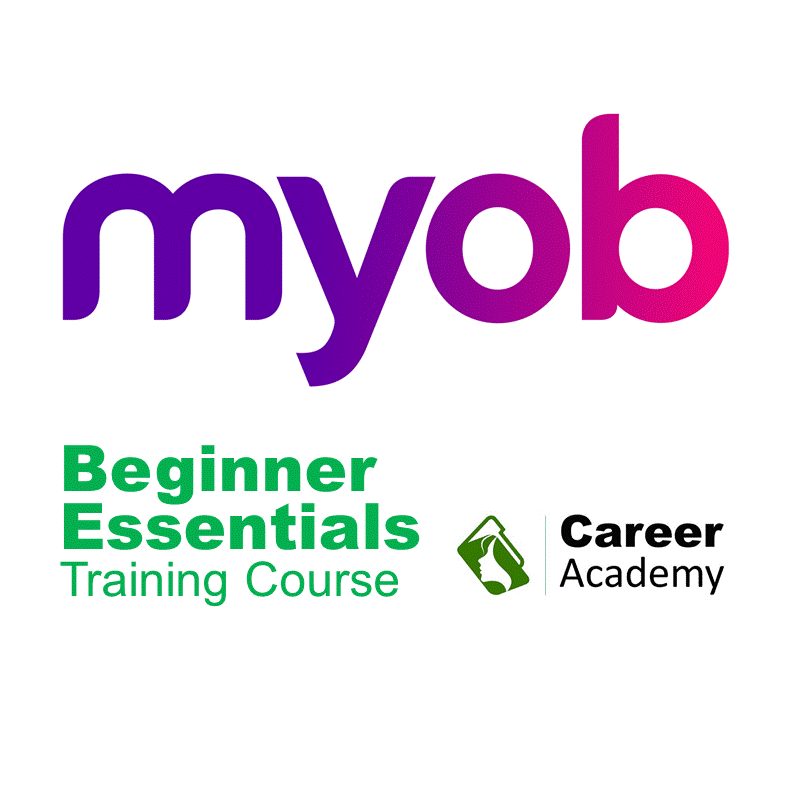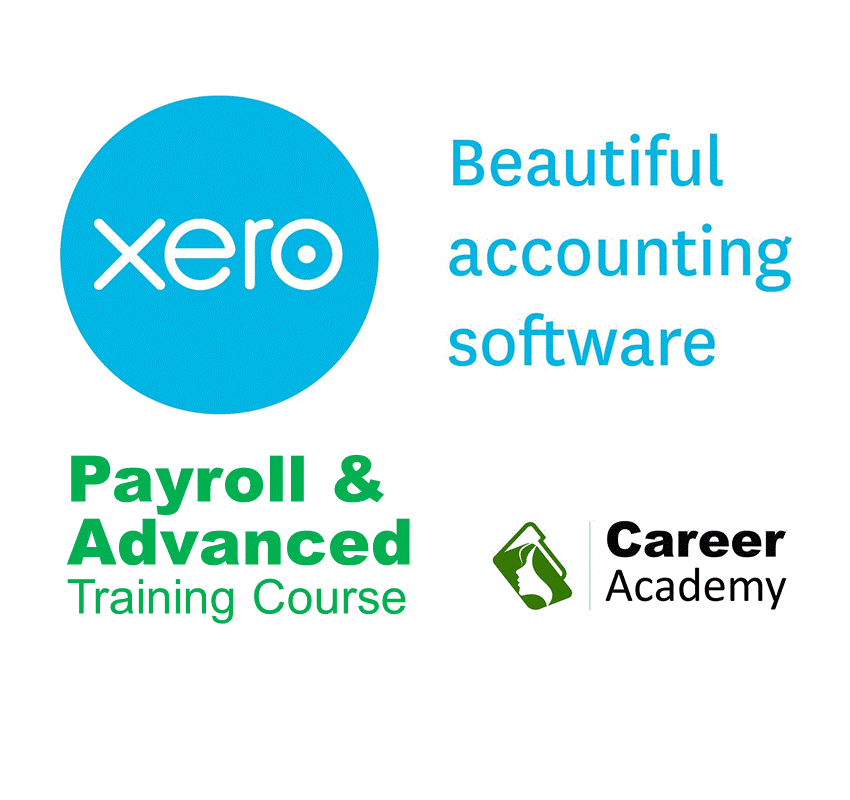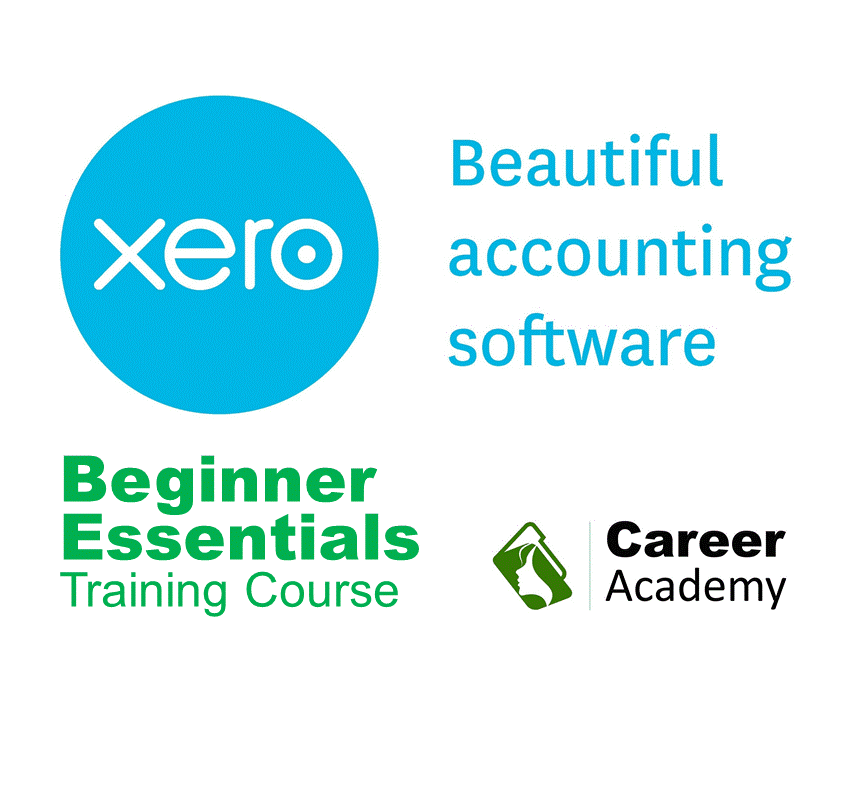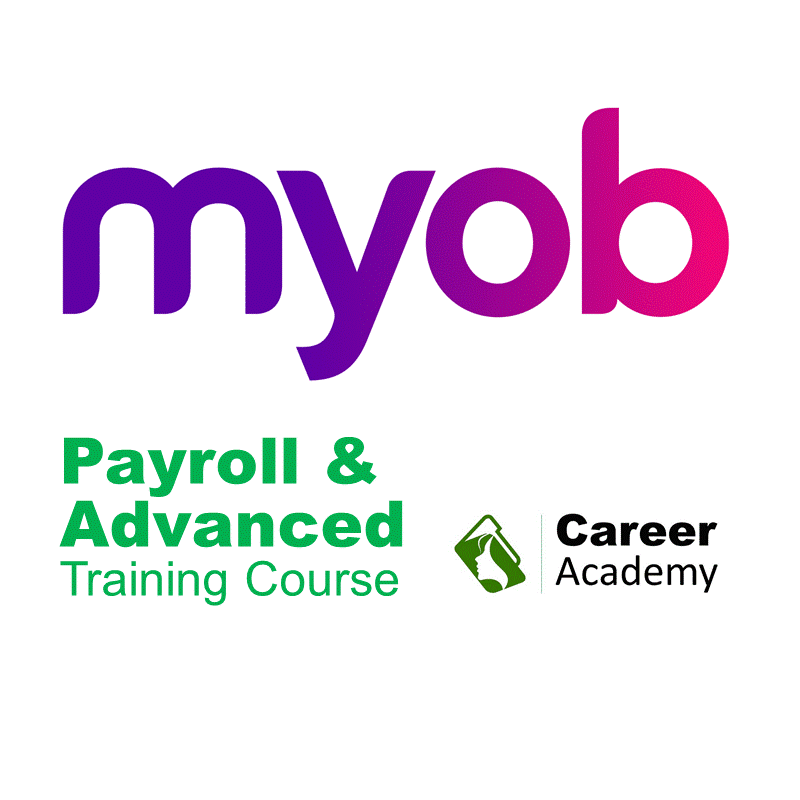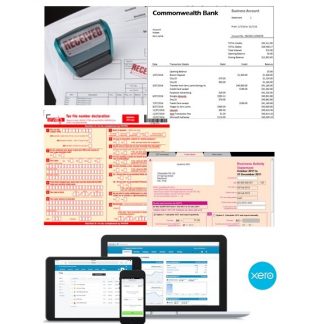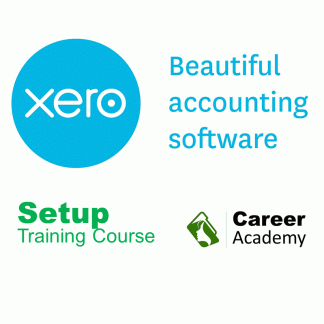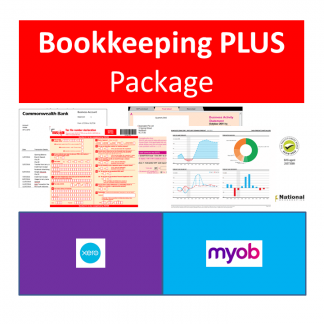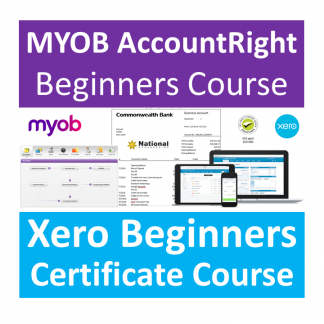Description
Xero & MYOB Daily Transactions Training Course
Accounting Structure and Bank Accounts
- Xero & MYOB Daily Transactions Course – Create New Accounts – Creating Your Chart of Accounts
- Xero & MYOB Daily Transactions Course – Create New Accounts – Add Bank Account
- Xero & MYOB Daily Transactions Course – Create New Accounts – Add Credit Card
- Xero & MYOB Daily Transactions Course – Create New Accounts – Modifying Your Chart of Accounts
Customers & Suppliers (CRM)
- Xero & MYOB Daily Transactions Course – Set Up Contacts – Add New Contact
- Xero & MYOB Daily Transactions Course – Set Up Contacts – Edit Existing Contact
- Xero & MYOB Daily Transactions Course – Set Up Contacts – Merge Duplicate Contacts
- Xero & MYOB Daily Transactions Course – Set Up Contacts – Group Contacts
The Sales Dashboard: Quotes, Invoicing & Payments (Debtors)
- Xero & MYOB Daily Transactions Course – Sales Dashboard – Create a Sales Invoice
- Xero & MYOB Daily Transactions Course – Sales Dashboard – Navigating the Sales Dashboard
- Xero & MYOB Daily Transactions Course – Sales Dashboard – Create a Draft Sales Invoice
- Xero & MYOB Daily Transactions Course – Sales Dashboard – Email or Print Invoices
- Xero & MYOB Daily Transactions Course – Sales Dashboard – Create a Branding Theme
- Xero & MYOB Daily Transactions Course – Sales Dashboard – Create a Quote
- Xero & MYOB Daily Transactions Course – Sales Dashboard – Accept and Create an Invoice for Quote
- Xero & MYOB Daily Transactions Course – Sales Dashboard – Copy an Invoice
- Xero & MYOB Daily Transactions Course – Sales Dashboard – Receive Customer Payment
- Xero & MYOB Daily Transactions Course – Sales Dashboard – Receive Payment for Multiple Invoices
- Xero & MYOB Daily Transactions Course – Sales Dashboard – Delete an Invoice
- Xero & MYOB Daily Transactions Course – Sales Dashboard – Void an Invoice
- Xero & MYOB Daily Transactions Course – Sales Dashboard – Void Invoice When Payment is Applied
- Xero & MYOB Daily Transactions Course – Sales Dashboard – Overpayments
- Xero & MYOB Daily Transactions Course – Sales Dashboard – Create and Allocate a Credit Note
- Xero & MYOB Daily Transactions Course – Sales Dashboard – Statements
The Purchases Dashboard: Supplier Invoices and Payments, Purchase Orders and Remittances (Creditors)
- Xero & MYOB Daily Transactions Course – Purchases Dashboard – Create a Supplier Invoice
- Xero & MYOB Daily Transactions Course – Purchases Dashboard – Create a Supplier Payment
- Xero & MYOB Daily Transactions Course – Purchases Dashboard – Create a Purchase Order
- Xero & MYOB Daily Transactions Course – Purchases Dashboard – Print and Send a Purchase Order
- Xero & MYOB Daily Transactions Course – Purchases Dashboard – Create a Bill from a Purchase Order
- Xero & MYOB Daily Transactions Course – Purchases Dashboard – Internal Bank Transfers
- Xero & MYOB Daily Transactions Course – Purchases Dashboard – Send a Remittance
Stock and Inventory
- Creating Items
- Purchasing inventory items
- holding stock assets
Other Transactions
- Xero & MYOB Daily Transactions Course – Other Transactions – Receive Money
- Xero & MYOB Daily Transactions Course – Other Transactions – Prepayments
- Xero & MYOB Daily Transactions Course – Other Transactions – Spend Money
- Xero & MYOB Daily Transactions Course – Other Transactions – Transfer Money
- Xero & MYOB Daily Transactions Course – Other Transactions – Process Contra Deal
Expense Claims
- Xero & MYOB Daily Transactions Course – Expense Claims – Add, Edit and Delete Receipts
- Xero & MYOB Daily Transactions Course – Expense Claims – Submit Claim for Approval
- Xero & MYOB Daily Transactions Course – Expense Claims – Authorise an Expense Claim
- Xero & MYOB Daily Transactions Course – Expense Claims – Pay an Expense Claim
Reports
- Xero & MYOB Daily Transactions Course – Reports – Balance Sheets
- Xero & MYOB Daily Transactions Course – Profit and Loss Statements
Xero Bank Reconciliation & Journal Entries Training Course
Loans from the business to owners and directors requires it’s own compliance checks, but in this section of the course we’ll include the transactions and code you need to enter to keep a record of funds loaned to the business, The purpose of this workbook is to take students through common entries that occur on a one-off basis and that are not normally part of the quoting, invoicing and payment entries that occur in the Xero Daily Transactions Course. This course contains a bank statement where you’ll need to enter and code the transactions then run a bank reconciliation to discover that there are omissions and errors that you’ll need to fix – you’ll get to see what this looks like and then edit and enter the correct transactions and complete the reconciliation.
It is at this stage that you will enter:
- Direct debits that come out of your account automatically
- Interest charges or payments
- Capital purchases and payments
- Merchant and bank charges
- Find duplicates or omissions
- Correct existing data
- Locate and correct amounts that are a couple of cents or dollars out because they’ve been entered incorrectly
Technically the bank reconciliation stage is also where most strict accountants, bookkeepers or accounts managers will demand to see evidence of your purchases in the form of a receipt or tax invoice.
Bank Reconciliation — Loan Account
- Creating a loan account
- Transferring loan funds
- Transaction details and accounts payable
- Setting up accounts payable
- Linked accounts, and
- Editing or deleting a transaction entry
Bank Reconciliation — Entering Transactions
- Creating customer cards
- Creating inventory items
- Entering a sale and payment
- Spending money
- Receiving money from a clienT
- Reconciling your cheque account to your bank statement
Bank Reconciliation – International Credit Card Payments
Often the service in overseas countries is cheaper or better or there simply isn’t an available comparative product in Australia so we pay for overseas services. When we do this we don’t pay GST and we incur credit card charges. You’ll learn how to manage
- journal entries
- GST and tax coding, and
- reconciling
Handling Basic Payroll Transactions
If you are a small business you may pay yourself, your partners or even casual workers adhoc amounts each week or month. These transactions need to capture the right codes and also be included in your bank reconciliations. As long the correct amount of tax is paid and the employers’ obligations are met then the business owner is doing everything right. We’ll show you how some small companies manage these transactions.
Purchasing Assets – Company Vehicle
There will be times when larger equipment is purchased and it’s paid for from your operating cash flow. In this situation the asset isn’t written off as an immediate expense but depreciated every year for a certain number of years. You’ll learn how to code this type of transaction correctly.


